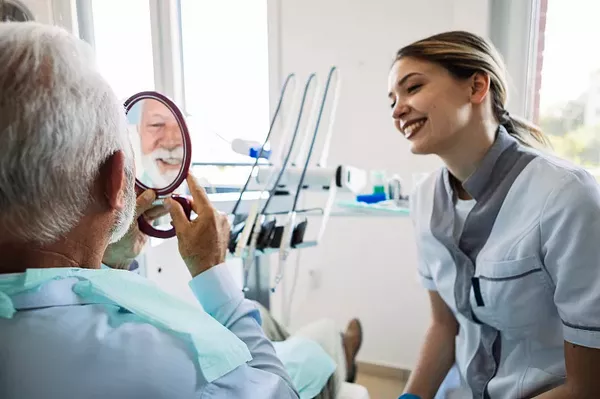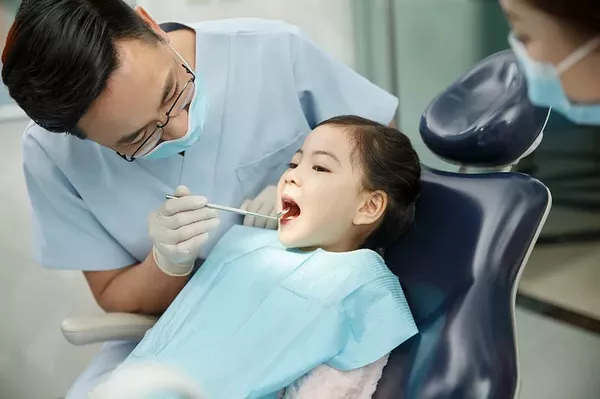Dental implants have become a widely accepted and effective solution for individuals dealing with missing teeth. However, not everyone is an ideal candidate for dental implants due to insufficient bone in the jaw. In such cases, bone grafting becomes a crucial step to prepare the jaw for successful implant placement. If you’re considering or have recently undergone bone grafting for dental implants, it’s essential to understand what to expect during the recovery process. This comprehensive guide aims to provide you with valuable insights into the post-operative phase of bone grafting for dental implants.
Understanding Bone Grafting for Dental Implants
Before delving into the post-operative phase, let’s briefly explore what bone grafting for dental implants entails. Bone grafting is a surgical procedure designed to augment the quantity and quality of bone in the jaw, creating a solid foundation for successful implant placement. This procedure involves taking bone from another part of the body (autograft), using donor bone (allograft), or employing synthetic materials (alloplast) to encourage the growth of new bone.
The success of dental implants is highly dependent on the integration of the graft material with the existing bone, a process known as osseointegration. Once the bone grafting procedure is completed, patients enter a critical recovery period that significantly influences the long-term success of their dental implants.
Immediate Post-Operative Period
Immediately after bone grafting for dental implants, patients will experience some common post-operative effects. It’s crucial to be aware of these and take appropriate measures for a smooth recovery.
Swelling and Discomfort:
Swelling is a natural response to surgery and varies from person to person.
Discomfort and mild pain are common and can be managed with prescribed pain medications.
Bleeding and Bruising:
Some bleeding may occur initially, but it should subside within the first 24 hours.
Bruising around the surgical site is possible and typically resolves on its own.
Restricted Diet:
A soft or liquid diet is usually recommended initially to avoid putting excessive pressure on the surgical site.
Avoiding hot or spicy foods and using a straw is advised to prevent complications.
Prescribed Medications:
Antibiotics may be prescribed to prevent infection.
Pain medications and anti-inflammatory drugs may also be recommended.
Activity Limitations:
Patients are advised to rest and limit physical activity for the first few days.
Avoiding strenuous activities and lifting heavy objects is essential.
Weeks 1-2: Early Recovery Phase
As the initial post-operative period transitions into the first couple of weeks, patients can expect gradual improvements in their overall condition.
Follow-Up Appointments:
Regular follow-up appointments with the oral surgeon are essential to monitor the healing progress.
X-rays may be taken to assess the integration of the graft with the existing bone.
Dietary Adjustments:
While still adhering to a soft diet, patients may gradually reintroduce more solid foods as tolerated.
Maintaining proper nutrition is crucial for optimal healing.
Oral Hygiene Practices:
Gentle oral hygiene practices are essential, but the surgical site should be treated with care.
Rinsing with a prescribed mouthwash and avoiding vigorous brushing near the surgical area is advised.
Swelling and Bruising Resolution:
Swelling and bruising should significantly diminish during this phase.
Applying cold compresses during the first few days can expedite the resolution.
Weeks 3-6: Intermediate Recovery Phase
As the initial recovery progresses, patients can expect a more comfortable experience during the third to sixth weeks post-surgery.
Resuming Normal Activities:
With the approval of the oral surgeon, patients can gradually resume normal daily activities.
Light exercise may be introduced, but caution is advised to prevent any strain on the surgical site.
Pain Management:
Pain and discomfort should continue to decrease, and most patients may no longer require prescription pain medications.
Over-the-counter pain relievers may suffice, but adherence to the recommended dosage is crucial.
Continued Oral Care:
Oral hygiene practices can return to normal, but patients should remain vigilant about protecting the surgical site.
Regular follow-up appointments continue to be crucial during this phase.
Dietary Advancements:
Patients can gradually reintroduce a more varied diet, transitioning from softer to firmer foods.
Chewing on the opposite side of the surgical site is recommended.
Months 2-4: Advanced Recovery Phase
Entering the second to fourth months post-surgery, patients are likely to experience further improvements in their overall well-being.
Implant Planning and Placement:
Depending on the individual’s healing progress, the oral surgeon may begin planning for dental implant placement.
X-rays and other imaging studies help assess the readiness of the jaw for implantation.
Bone Healing Progress:
During this phase, the integration of the bone graft with the existing jawbone continues to progress.
The oral surgeon will closely monitor bone density and osseointegration.
Activity Normalization:
Patients can gradually return to more strenuous physical activities.
Exercise routines can be resumed, but caution is still advised to prevent any trauma to the jaw.
Finalizing Treatment Plan:
The oral surgeon, in consultation with the patient, finalizes the treatment plan for dental implant placement.
Any concerns or questions regarding the upcoming implant surgery should be addressed during this phase.
Conclusion
In conclusion, the recovery journey after bone grafting for dental implants is a gradual process that requires patience and diligence. Understanding the different phases of recovery, adhering to post-operative instructions, and maintaining regular follow-up appointments are key factors in ensuring the success of both the bone grafting procedure and subsequent dental implant placement.
As each individual’s healing process varies, it’s essential to communicate openly with the oral surgeon and follow their guidance throughout the recovery journey. By actively participating in the recovery process, patients can contribute to the long-term success of their dental implants and enjoy the benefits of a restored, functional, and aesthetically pleasing smile.
How Long Is The Recovery For Dental Implants
How long is recovery after dental implants?
What Can Cause A Dental Implant To Fail






























